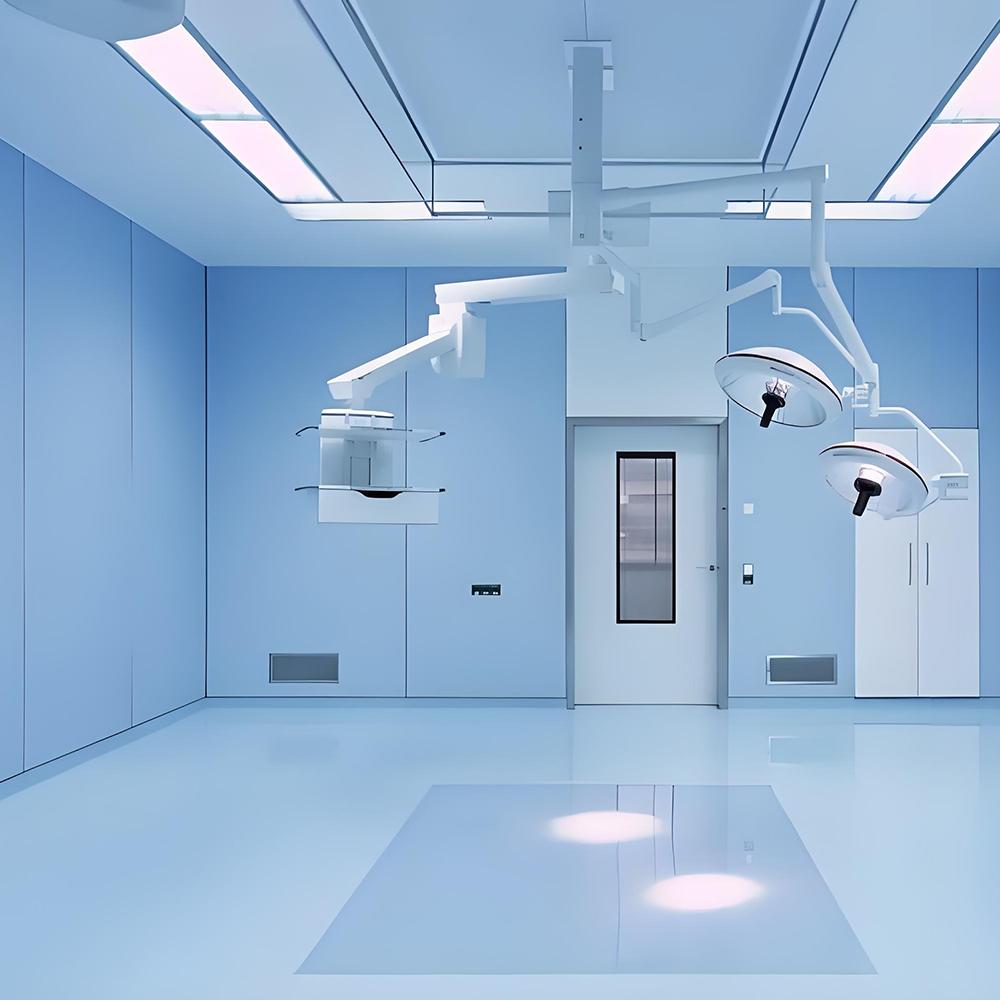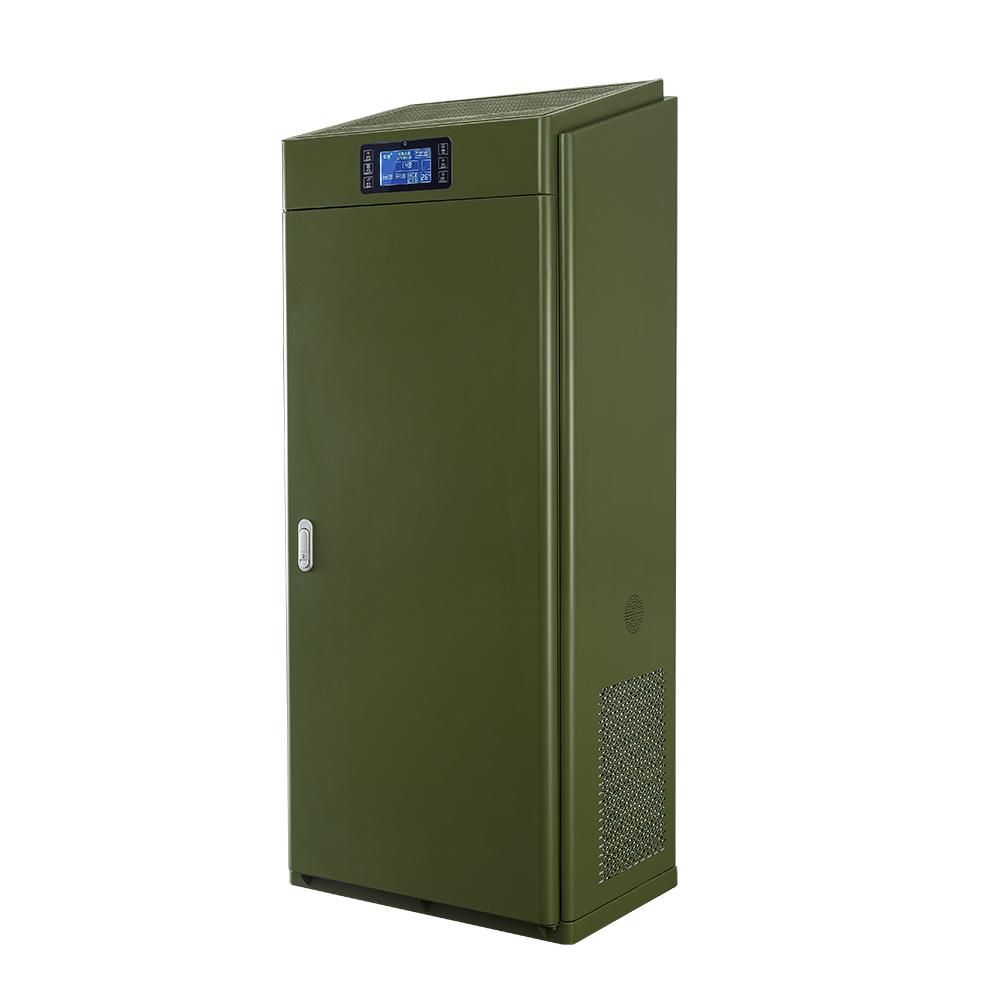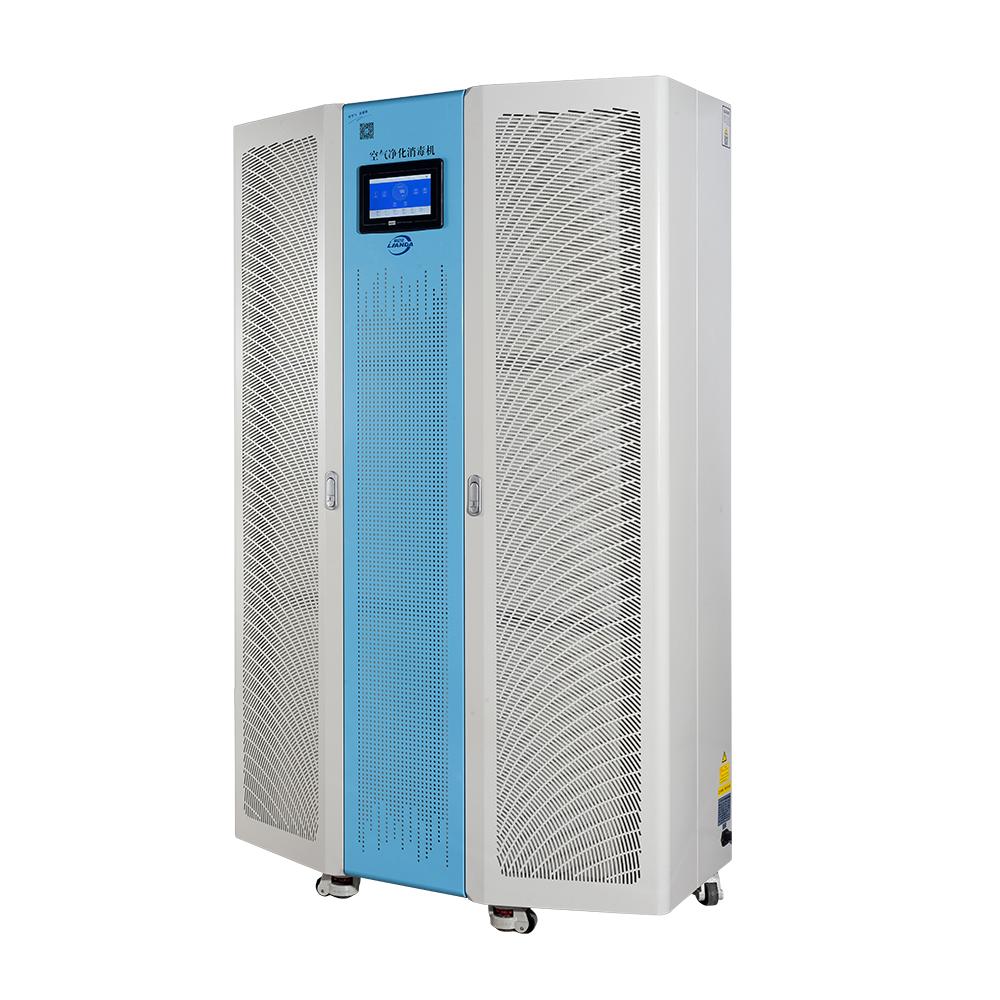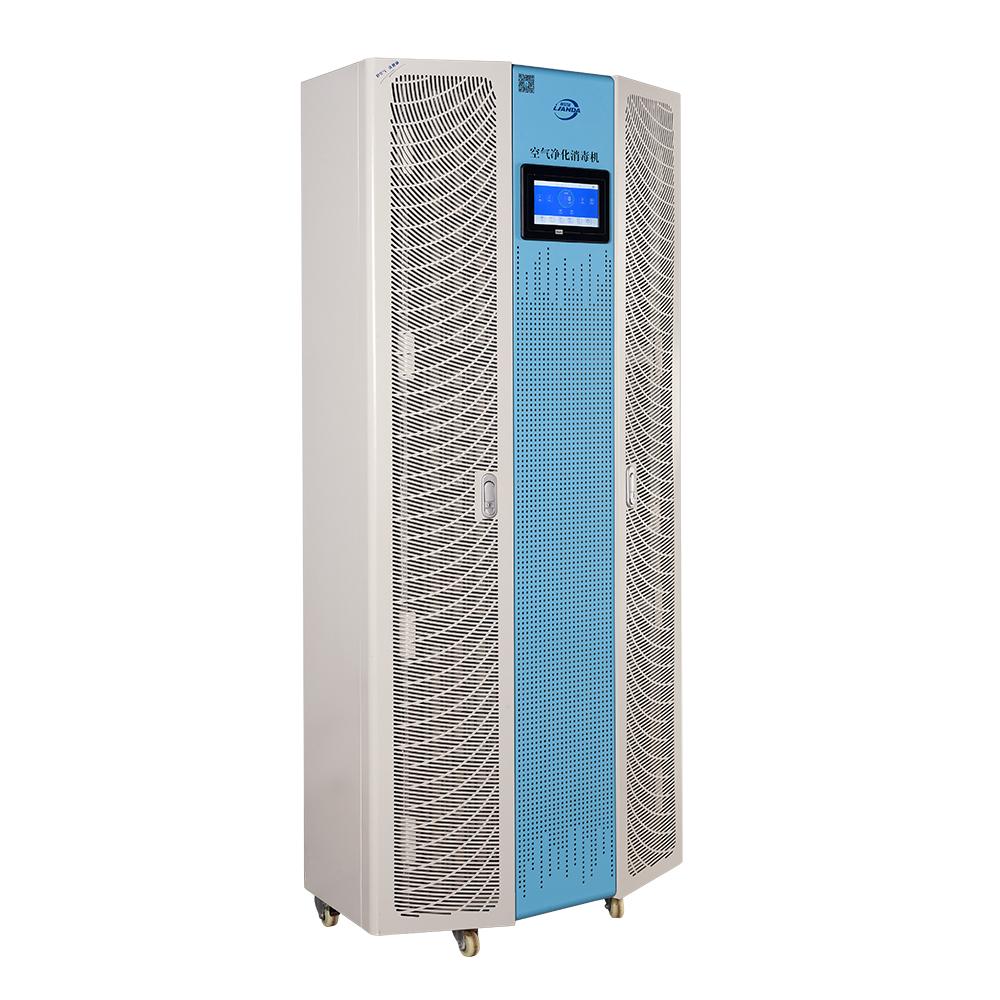Why museums use air purification and disinfection equipment
With the increasing severity of air pollution, more and more museums have begun to realize the importance of air quality to the health of exhibits and visitors in the museum. Therefore, many museums have begun to introduce air purification and disinfection equipment to ensure that the air in the museum is fresh and clean, and to protect the health of cultural relics and visitors. Let's discuss why museums use air purification and disinfection equipment today, mainly from the aspects of cultural relic protection, visitor experience and health and safety.
1. Cultural Relic Protection
Museums have a large collection of precious cultural heritage, artworks and historical relics. Because these items are usually of high value and extremely fragile nature, they need to be preserved in a specific environment. Dust, particles, moisture and pollutants in the air can cause varying degrees of damage to cultural relics. For example, tiny dust particles can accumulate on the surface of exhibits to form corrosive substances, causing damage to the surface of cultural relics. Excessive humidity and harmful substances may also cause cultural relics to discolor, mold or age.
By using air purification and disinfection equipment, museums can effectively reduce harmful substances in the air, keep the air clean and at a suitable humidity level, thereby extending the preservation life of cultural relics. These devices can remove dust, bacteria, viruses, mold and other microorganisms in the air through filtering, adsorption and disinfection technologies, effectively preventing them from causing irreversible damage to cultural relics.
2. Improve the visiting experience
Museum visitors usually stay in the museum for a long time. If the air quality in the museum is poor, it will affect the comfort of visitors. Pollutants, bacteria or harmful gases in the air will not only make people feel uncomfortable, but may also cause allergic reactions or respiratory diseases, affecting the visitor's visiting experience.
By using air purification equipment, museums can ensure the freshness of the air in the museum, so that visitors can have a healthy and comfortable environment while enjoying art and culture. This can not only enhance the experience of the audience, but also increase the attractiveness of the museum and attract more people to visit.
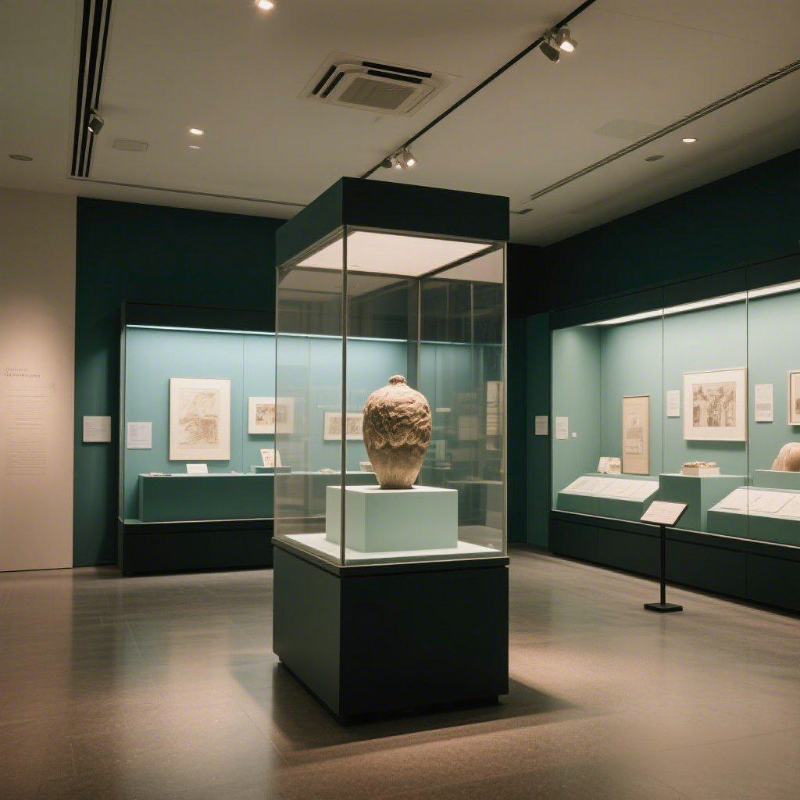
3. Health and safety
As a public place, museums must pay attention to the health and safety of visitors and staff. Bacteria, viruses, mold and other harmful substances in the air are not only harmful to cultural relics, but also threaten human health. Especially during the flu season or public health events, germs and viruses in the air are more likely to spread, increasing the risk of infection.
The use of air purification and disinfection equipment can effectively filter pathogens in the air and reduce the risk of airborne diseases. Air purification equipment can remove harmful microorganisms in the air, reduce the spread of infectious diseases, and ensure the health and safety of visitors and staff.
4. Adapt to modern management needs
With the development of technology and the improvement of people's awareness of environmental protection, the management of modern museums has gradually shifted to intelligent and scientific management. Air purification and disinfection equipment is not only an environmental protection measure, but also an important part of modern museum management. These devices can be linked with the museum's intelligent management system to monitor air quality in real time and adjust the working mode in time to ensure the best air quality.
For example, the intelligent air purification equipment used by some museums can automatically adjust the wind speed according to the air quality in the museum, clean or disinfect regularly, and even issue an alarm when an abnormality occurs. This intelligent management method not only improves work efficiency, but also more accurately meets the museum's requirements for air quality.
5. Meet regulations and standards
Many countries and regions have strict regulations and standards for the air quality of museums and public places. The use of air purification and disinfection equipment helps museums comply with relevant regulations and ensure that the environment in the museum meets national or local environmental protection standards. In addition, with the increasing attention paid to air quality issues, museum managers are also facing pressure from the public and the media. The use of air purification equipment can show the museum's concern for the environment and public health and enhance its social image.
Museums use air purification and disinfection equipment not only to ensure the long-term preservation of cultural relics, but also to provide a healthy, safe and comfortable visiting environment. With the intensification of air pollution problems and the improvement of public health awareness, museums should actively adopt modern air purification technology, improve management level, protect the health of cultural relics, visitors and staff, and promote museums to develop in a higher standard and more intelligent direction.

